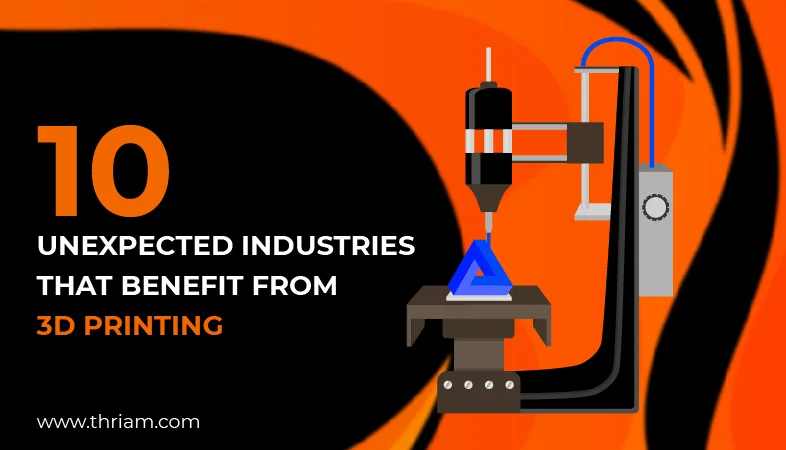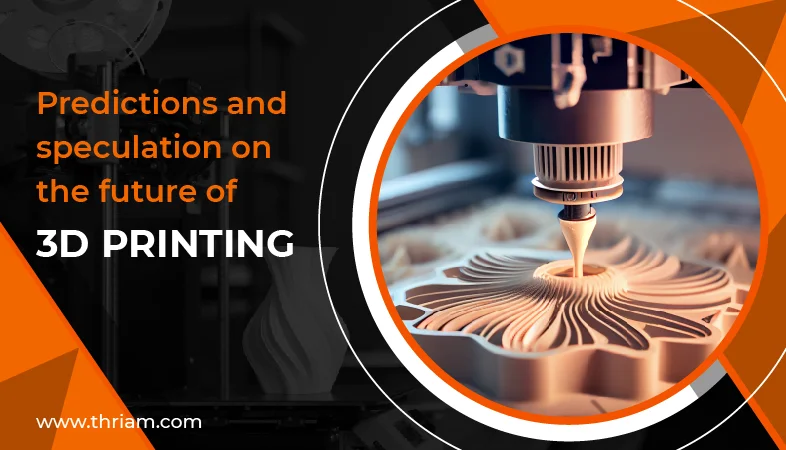Changing Lives, One 3D Print at a Time: 10 Eye-Opening Facts About 3D Printed Prosthetics
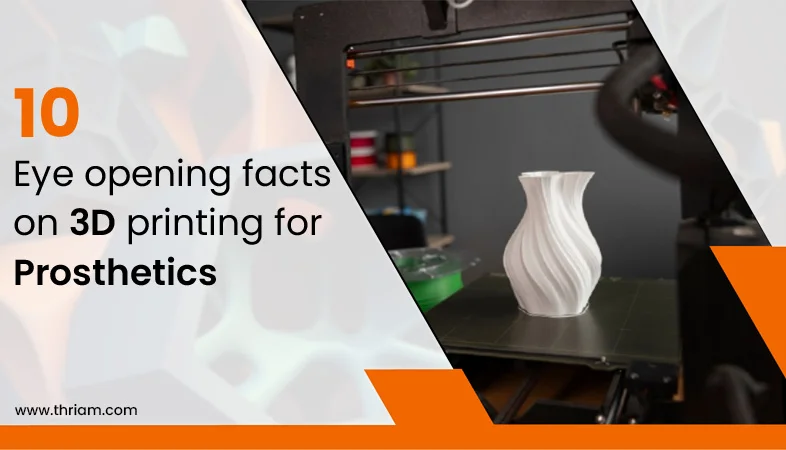
Do you know that 3D printing has revolutionized the field of prosthetics? In recent years, 3D printing has emerged as a groundbreaking technology with transformative applications in various industries, including healthcare. This article will provide a comprehensive understanding of 3D printing, its definition, and delve into the significant implications it holds in the medical field.
Defining 3D Printing:
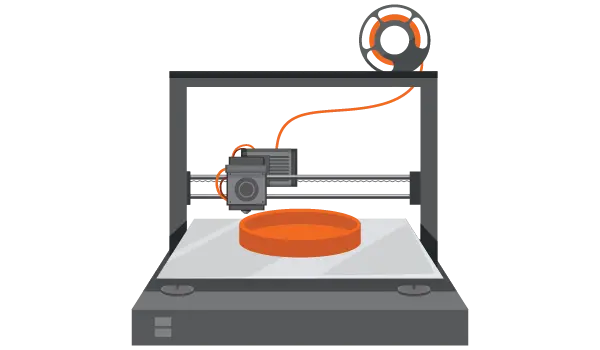
3D printing, also known as additive manufacturing, is a process of creating three-dimensional objects from digital models layer by layer. It involves the use of specialized 3D printers that deposit and solidify materials such as plastic, metal, or even living cells, enabling the creation of complex and customized structures with precision and accuracy.
Importance of 3D Printing in the Medical Field:
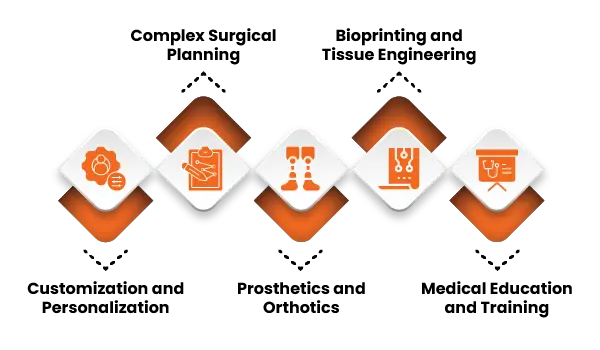
Customization and Personalization:
One of the key advantages of 3D printing in the medical field is its ability to produce personalized and customized solutions. With 3D scanning and modeling, medical professionals can create patient-specific implants, prosthetics, and anatomical models. This level of customization improves treatment outcomes, enhances patient comfort, and promotes faster recovery.
Complex Surgical Planning:
3D printing enables the creation of detailed anatomical models that can assist surgeons in preoperative planning. Surgeons can use these models to simulate complex procedures, evaluate potential risks, and optimize surgical techniques. This technology allows for better patient consultation, reduces surgical errors, and enhances overall surgical precision.
Prosthetics and Orthotics:
3D printing has revolutionized the field of prosthetics and orthotics. Traditional prosthetics can be expensive and time-consuming to produce, whereas 3D printing allows for affordable and rapid manufacturing of customized prosthetics that perfectly fit individual patients. This technology enables the design and production of lightweight, comfortable, and functional prosthetic limbs, improving the quality of life for those in need.
Bioprinting and Tissue Engineering:
The field of bioprinting holds immense potential for regenerative medicine. Using living cells and biomaterials, 3D printers can create complex tissue structures, organoids, and even organs for transplantation. Bioprinting has the potential to revolutionize the organ transplant industry, reduce organ waiting lists, and provide personalized solutions for patients in need.
Medical Education and Training:
3D printing has become an invaluable tool in medical education and training. It allows medical students and professionals to gain hands-on experience by practicing on realistic anatomical models. These models can replicate patient-specific conditions, improving the understanding of complex anatomical structures and enhancing surgical skills.
In this blog, we will explore ten fascinating facts about 3D-printed prosthetics that highlight their potential to transform the lives of individuals with limb differences.
Fact 1: History of 3D printing in prosthetics
The concept of 3D printing in prosthetics dates back several decades. In the late 1990s, early prototypes of 3D printed prosthetic limbs were developed. Since then, there have been significant advancements in the field, leading to the creation of more sophisticated and functional prosthetics. Pioneers like Ivan Owen and Richard Van As made significant contributions to the development of 3D printed prosthetics in the early years.
Fact 2: Customization and personalization
One of the most prominent advantages of 3D printed prosthetics is the ability to customize them according to individual needs. Traditional prosthetics are often standardized, which can be limiting for patients. With 3D printing, prosthetics can be tailored to fit the unique anatomy and requirements of each wearer. This level of personalization enhances comfort and promotes better integration of the prosthetic limb with the individual's body.
Fact 3: Cost-effectiveness of 3D printed prosthetics
Traditional prosthetic limbs can be prohibitively expensive, making them inaccessible to many individuals. In contrast, 3D printing allows for cost-effective production of prosthetics, significantly reducing the price. This affordability has a transformative effect, enabling more people to access prosthetic limbs and improve their quality of life. Moreover, 3D printing allows for easier modification and adjustment of prosthetics, leading to long-term cost savings.
Fact 4: Material options in 3D printed prosthetics
3D printing technology offers a wide range of material options for prosthetic limb fabrication. Common materials used include plastics, such as polycarbonate or nylon, and even biocompatible materials like silicone. Each material has its own advantages and limitations, allowing designers to choose the most suitable material for specific prosthetic applications. This versatility in material selection ensures that 3D printed prosthetics can meet various functional requirements.
Fact 5: Biocompatibility and comfort
Comfort and biocompatibility are crucial factors in prosthetic design. Traditional prosthetics often cause discomfort due to their rigid design and lack of flexibility. 3D printed prosthetics can be designed with softer and more flexible materials, improving wearer comfort. Additionally, the use of biocompatible materials ensures compatibility with the wearer's skin, reducing the risk of irritation or allergic reactions.
Fact 6: Advances in design and functionality
The design possibilities offered by 3D printing technology have allowed for innovative advancements in prosthetic limb design. Complex geometries, intricate details, and improved ergonomics are made possible through 3D printing. As a result, prosthetics can be more visually appealing, lighter, and better suited to meet the functional needs of the individual wearer.
Fact 7: Social and psychological benefits
The positive impact of 3D printed prosthetics extends beyond physical functionality. Individuals who use 3D printed prosthetics often experience improved confidence and self-esteem. The ability to customize prosthetics allows wearers to express their personality and individuality, thereby enhancing their social integration and overall well-being.
Fact 8: Assistance to children with limb differences
Children with limb differences often face unique challenges when it comes to prosthetic limb usage. 3D printed prosthetics offer a fitting solution. Children's growth requires frequent adjustments to their prosthetics, which can be expensive and time-consuming with traditional methods. 3D printing allows for rapid and cost-effective modifications, ensuring that children always have access to properly fitting and functional prosthetic limbs.
Fact 9: Rehabilitation and sports performance
Rehabilitation and sports performance are areas where 3D printed prosthetics have shown remarkable benefits. The customization and adjustability of 3D printed prosthetics make them ideal for the rehabilitation process. These prosthetics provide specific support and assistance to patients during physical therapy sessions, facilitating quicker recovery and improved mobility. Additionally, athletes with limb differences can benefit from the enhanced functionality and performance of 3D printed prosthetics, allowing them to excel in their chosen sports.
Fact 10: Future possibilities and ongoing research
The future of 3D printed prosthetics looks promising, with ongoing research and advancements. Scientists and designers are continuously exploring new materials, improved production techniques, and enhanced designs. Emerging technologies, such as bioprinting, hold the potential to create fully functioning and biocompatible prosthetic limbs. With continued innovation and investment, the future of 3D printed prosthetics holds the promise of changing lives on an even larger scale.
Conclusion
3D printed prosthetics have emerged as a game-changer in the field of prosthetic limb design and manufacturing. The ability to customize, cost-effectiveness, and improved functionality make them a compelling option for individuals with limb differences. As technology evolves and research progresses, we can expect more fascinating advancements in this area. Through the use of 3D printing technology, we are witnessing a transformation in the way prosthetic limbs are fabricated, enabling individuals to regain their mobility, confidence, and independence.
